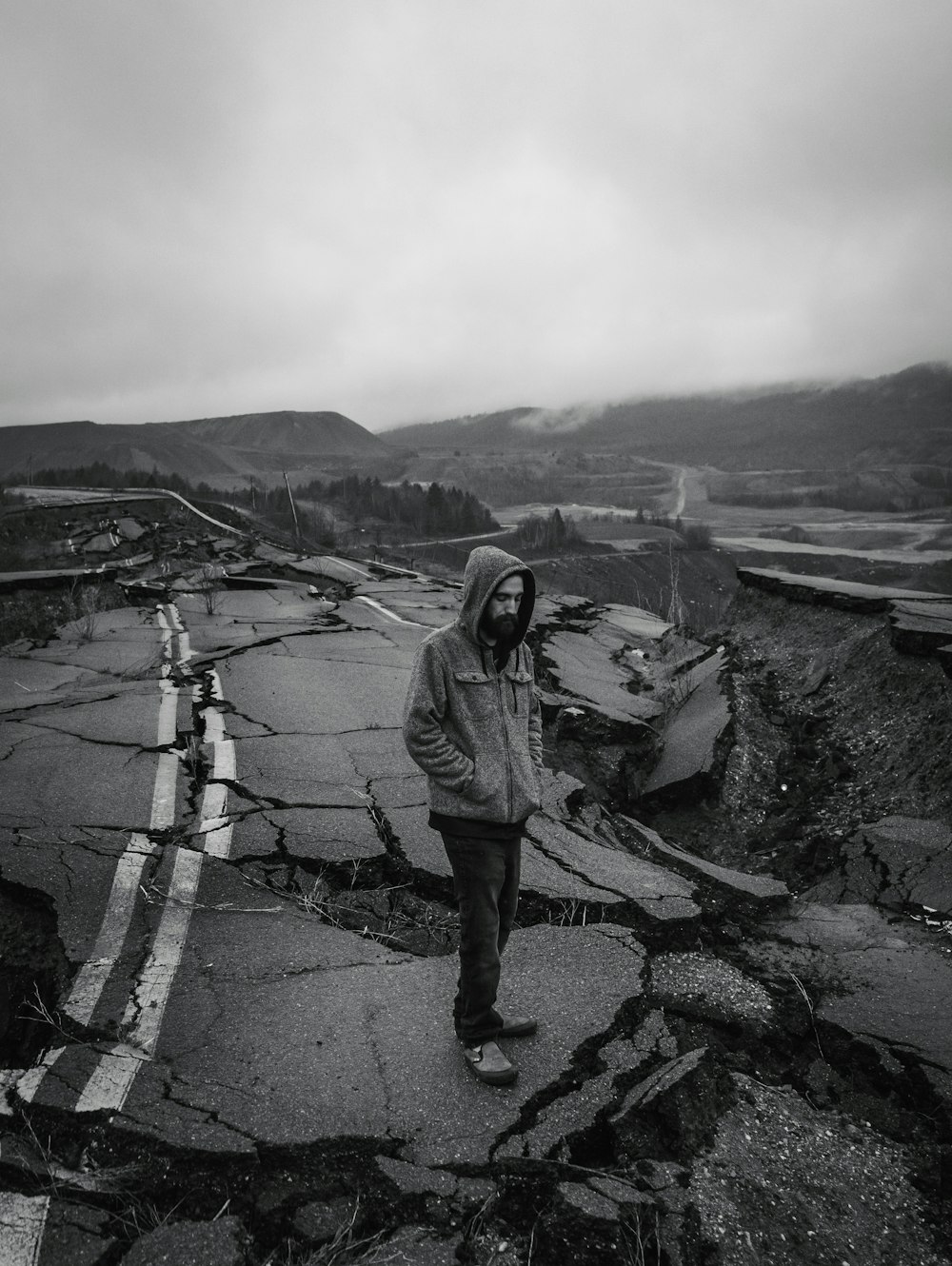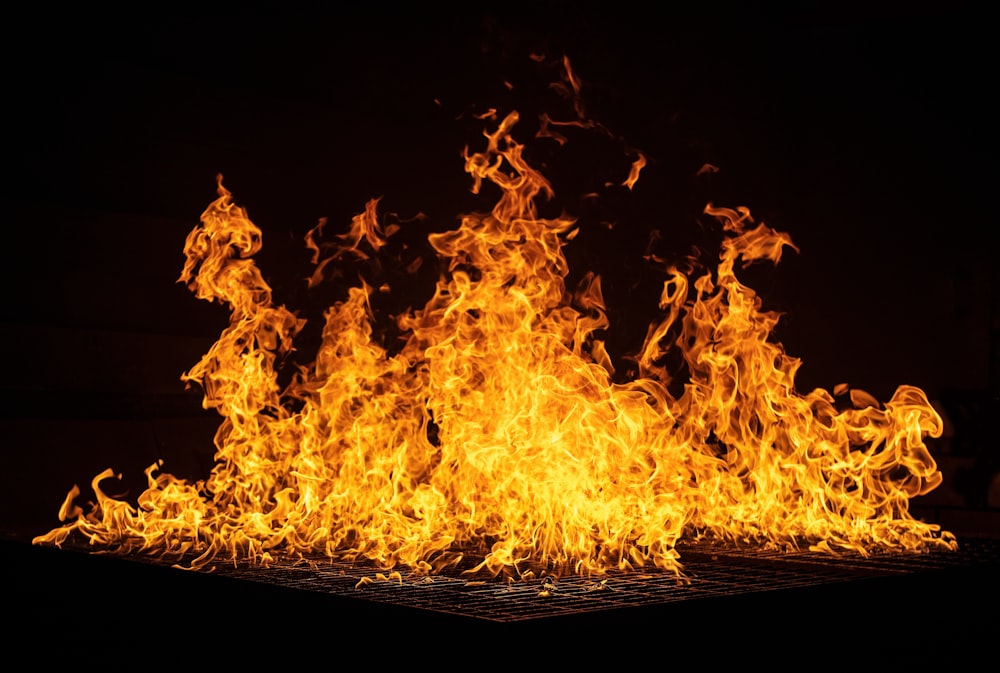
Tomb of Osman. Photo by Maurice Flesier. Wikimedia
Top 10 Amazing Facts about Tombs Of Osman
The current tombs of the Ottoman state’s original founders, Osman and Orhan, are modern structures. The earthquake that leveled Bursa in 1855 damaged them beyond repair, and they were rebuilt in their current form after the original buildings were completely demolished. The original tomb buildings are thought to have been centuries-old reuse of one or more very ancient Byzantine structures from the period before the conquest of Bursa.
The collection of the scattered knowledge we have about these tombs, which belong to one of the most exceptional periods in Turkish civilization’s history, will allow for a thorough understanding of the character and original form of these historical tombs.
1. The Tomb of Osman Gazi is octagonal, like its predecessor
The interior diameter is about ten meters, and the wall thickness is 1.56 meters. The current entrance is shaped like an overhang. The sides are now open in the area where the tombs are located, which was the narthex in Texier’s design.
The current form of the Tomb of Osman Gazi generally reflects the original building’s main scheme. Except for a column capital on the ground beside the door, the interior and exterior of the current Tomb of Osman have nothing in common with the original building or that recalls Byzantine architecture, except that its central space is octagonal.
2. Osma Gazi’s tombs have interior and exterior niches

Tomb of Osman. Photo by Maurice Flesier. Wikimedia
The interior double columns have been placed between niches. This structure, built on a structural model popular since the Roman period, has a high drum. The interior was lit by eight windows pierced through the drum.
However, the structure may have had an apse, four columns, and a dome, as well as a synchronous for priest seating on the interior; information about its architectural style is sketchy. The descriptions could apply to a Greek-cross church or a fourth or fifth-century baptistery. In terms of covering system, an ancient baptistery was discovered at a side near Antalya that was distinct from the Greek-cross plan churches, which had four columns.
3. Oman and Orhan Gazi were laid to rest in two ancient Byzantine structures
Tomb of Osman. Photo by Hukukçu. Wikimedia
Which were drastically altered or completely rebuilt following the 1855 earthquake. Two Ottoman sultans from the seventeenth century were also buried in a Byzantine structure. Sultans Mustafa I and Brahim now rest in coffins in a baptistery converted into a tomb near Istanbul’s Hagia Sophia.
4. The earthquake damaged the walls of Osman and Orhan’s tomb

Damage done by earthquake. Photo by Dave Goudreau. Unsplash
Osman and Orhan, the first sultans, are sleeping their eternal sleep above. We arrived at their final resting place after passing through the door and walls built from the remains of previous structures.
A Byzantine church stood over them until 1855. The earthquake, on the other hand, caused so much damage that not a single wall or column remained standing. The ground here is littered with porphyry chips, very antique and various colors of marble, and even mosaic fragments, giving the impression that one has stumbled upon a stone quarry.
5. The existing tomb structure has no historical value
Recent researchers feel no compulsion to dwell on the tombs of Osman Gazi.The lithographed album published by Mary Walkiz recording various sights of Bursa around 1880 allocates one engraving to the new tombs as viewed from the Clock tower. David Manstir. H.Wilde, who conducted the first great art historical study on Bursa, gives very brief and vague information on these in his work. Wilde is content to repeat the information given by Hammer on the tombs of Osman and Orhan and briefly describes the present structures. He furnished no plan of the later edifice and offered the opinion that their forms suggested they were examples of the early Ottoman tombs.
6. Tombs of Osman share distinct similarities with the Byzantine chapel
The architectural decision showed that there were no previous examples of tombs for the leaders of the society in Seljuk’s or in previous times of the Turks. Seljuk cupola was converted into a domed Ottoman tomb in this period of time with these buildings. In the 13th century, the architecture typologies of the tombs were developed magnificently in Anatolian Turkish architecture. However similar tomb architecture was not continued in later periods of Ottoman architecture and they converted to domed architecture which was evidence of the occurrence of a new cultural environment.
7. A terrible fire in November 1801 destroyed Osman Gazi’s tombs

A fire. Photo by Ricardo Gomez Angel. Unsplash
This destroyed two-thirds of Bursa. The report that the domes of the tombs were covered with silver gifts until the fire that also burned the Hisar mosque is impossible to accept as true.
The momentos and all textiles in the tombs were destroyed in the great fire, and it is likely that the structures themselves suffered significant damage. The interpreter for the Austrian embassy, the well-known historian Joseph von Hammer, discovered the mosque of Orhan closed during his visit to Bursa in 1904.
8. The Osman tombs were filled with approximately 40 whitewashed coffins

Tomb of Osman. Photo by Maurice Flesier. Wikimedia
This beautiful church, which was converted into a tomb, was faced with asymmetrical marble slabs. The former altar was raised by four semi-circle-shaped marble steps. The six green porphyry columns that framed the madrasa remained in place. The Bema and all the columns-supported windows had been filled in.
The fire that destroyed Bursa at the turn of the century did not cause much damage to this church. Except for Osman Ghazi’s exceptions, all the tombs were in excellent condition. However, due to the fallen Stucco and fissures in Osman’s Gazi coffin, one could almost count the bones of the Ottoman dynasty’s founder.
9. This mausoleum contains 20 sarcophagi
The sarcophagus of Orhan Gazi is located in the mausoleum’s center, on a marble base, and surrounded by a cast brass lattice. There are also the sarcophagi of Nilufer Hatun, Orhan Gazi’s wife, Shehzade Kasm, Orhan Gazi’s son, Fatma Sultan, Yldrm Bayezid’s daughter, Abdullah, Cem Sultan’s son, and Shehzade Korkut, Bayezid II’s son, inside this mausoleum. The identities of those buried in the other sarcophagi are unknown.
10. Osman Gazi was buried in the tomb, which was called the Silver Dome
The Ottoman dynasty takes its name from Osman Gazi, the founder of the Ottoman Empire. After the conquest of Bursa in 1326, Orhan Bey buried his father, Osman Gazi (1258-1326), inside the “Gümüşlü Kubbe,” the “Silver Dome,” fulfilling the latter’s last will and testament. Osman Gazi named this structure “Silver Dome” because it was a Byzantine chapel with a lead-plated dome that shone in the sun during the siege of Bursa. Today, this structure, which houses Osman Gazi’s tomb, was built on the site of the chapel of the St. Elias Monastery, which was known to have existed in this location since the 11th century.
Planning a trip to Paris ? Get ready !
These are Amazon’s best-selling travel products that you may need for coming to Paris.
Bookstore
- The best travel book : Rick Steves – Paris 2023 – Learn more here
- Fodor’s Paris 2024 – Learn more here
Travel Gear
- Venture Pal Lightweight Backpack – Learn more here
- Samsonite Winfield 2 28″ Luggage – Learn more here
- Swig Savvy’s Stainless Steel Insulated Water Bottle – Learn more here
Check Amazon’s best-seller list for the most popular travel accessories. We sometimes read this list just to find out what new travel products people are buying.










